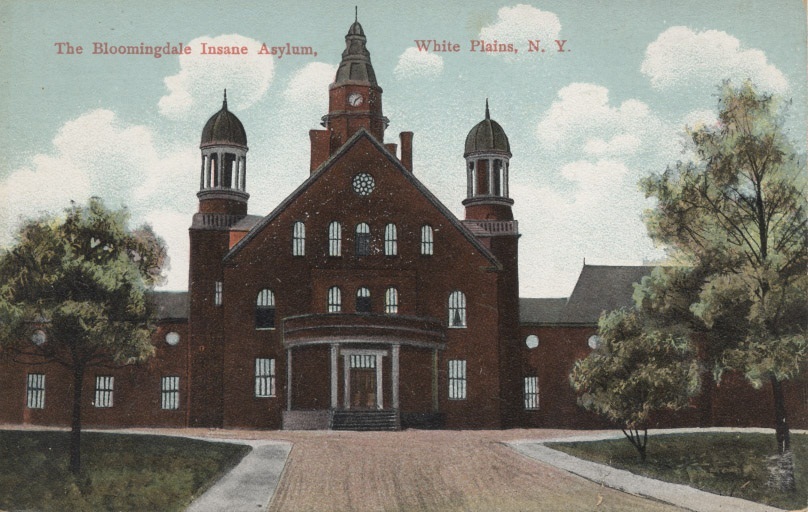
History of a Home
Posted December 28, 2012 at 7:00 pm
By Meghan McMonagle, Contributor
You cannot help but be moved when you are confronted with images of old asylums at the Museum of disABILITY History, located in Buffalo, NY. The majestic exteriors poorly represent the deplorable conditions concealed inside for patients who were forced to reside there, removed from participating in society.

Asylums have become a part of America’s past; however, parts of our society still resist the integration of people with disabling conditions into their communities. Recently covered in Disability Scoop, an online source for developmental disability news, a California city is facing charges for allegedly preventing the inclusion of group homes for the disabled by means of discriminatory enforcement measures. In 2008, changes were made to zoning rules which restricted the operation of group homes in the city of San Jacinto, California. These changes were followed by a series of home visits where complainants say “city officials interrogated residents with disabilities asking about their conditions, their treatment and what types of government benefits they received, among other issues.”
But one doesn’t have to look so far as California to see the controversy of group home inclusion. Just this past September, a group home for five disabled individuals in Ipswitch, Massachusetts faced community out lash and petitions were disseminated to prevent further construction. Locally, in October 2012, a community member in the Town of Tonawanda used The Buffalo News to criticize the petitions circulating around that objected to the addition of a group home facility in their community.
(Read his letter here.)
Whether the story originates in California, Massachusetts or Western New York, one common thread seemed to be responsible for the fight against inclusion of group homes in communities; the fear of the unknown. For those of us who have grown up with family members, classmates and co-workers with disabilities, it seems difficult to imagine someone having so few of experiences with people with disabilities to maintain a fear of their presence in the community. It is these stories of exclusion that remind me the importance of educational experiences such as the Museum of DisABILITY, the Kids on the Block of WNY and all the work the People Inc. Employee Ambassadors do. I wonder how the local community of Tonawanda, despite being surrounded by all of these wonderful assets, still has community members consumed with fear of the disabled. My hope is that some day soon, the Museum will include artifacts that make visitors say, “remember back when group homes were petitioned against?” These stories are a constant reminder that people with disabilities must continue to push limits and challenge societal norms to accomplish all that they are able to and all that they are entitled to, such as the right to a happy home.
For more powerful images, Abandoned Asylums of New England will soon be available for purchase at the Museum of disABILITY or online at www.store.museumofdisability.org/bookscards.php. Using photography, John Gray captured the final throes of the once majestic monuments of medical treatment that were state institutions for treating people with disabilities. Gray, of New England, spent twelve years taking photos that are eerie, while at the same time architecturally beautiful, of abandoned asylums in various towns and villages that mark New England’s landscape.
References:
Andriatch, Bruce. “Andriatch: Closed minds preventing open hearts”. The Buffalo News. 9 October 2012. Accessed: 19 November 2012. http://buffalonews.com/apps/pbcs.dll/article?AID=/20121009/CITYANDREGION/121009190
Heasley, Shaun. “Feds Accuse City of Barring Group Homes”. Disability Scoop. 14 November 2012. Accessed: 19 November 2012. http://www.disabilityscoop.com/2012/11/14/feds-barring-group-homes/16835/
- Category
- Museum of disABILITY History Blog
- Tags
- Asylums | Disability News | Discrimination | Group Homes | Inclusion | Institutions | Integration

Comments
Add a comment